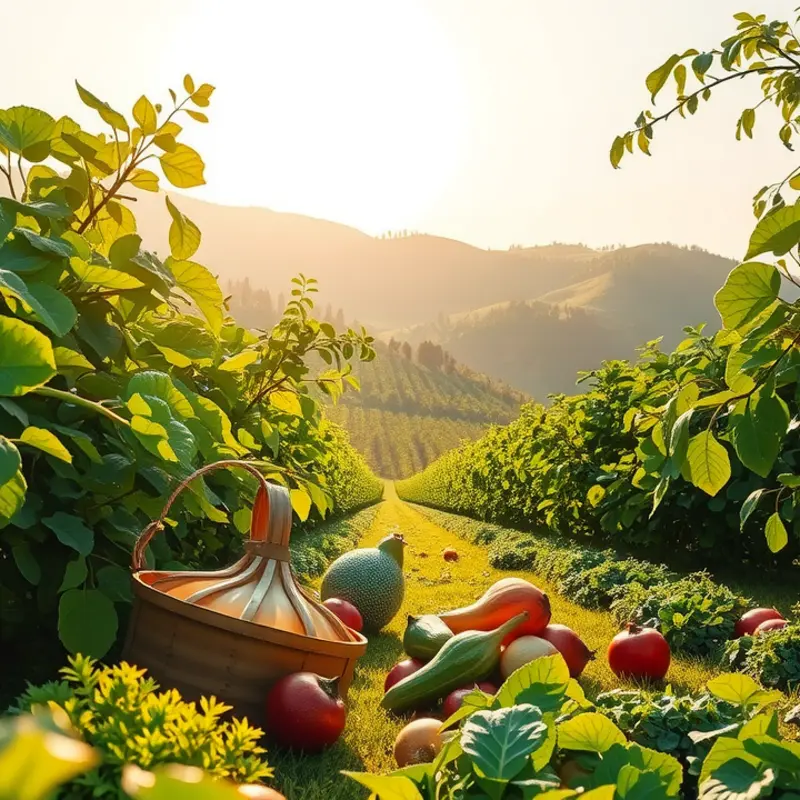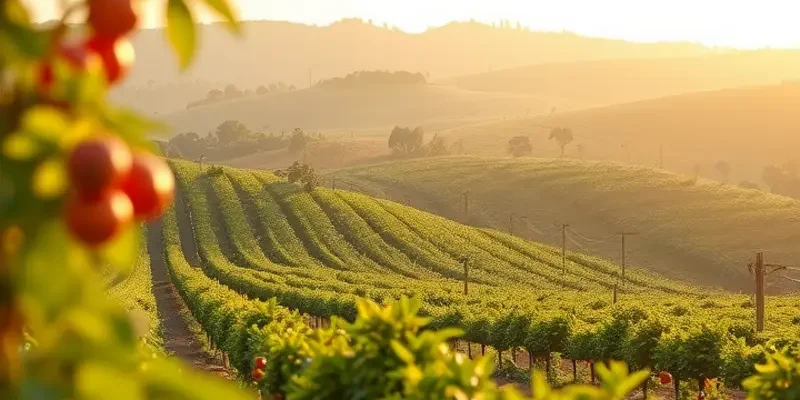Tea is more than a beverage; it embodies centuries of social connection and cultural identity. From the serene tea ceremonies of Japan to the vibrant chai culture in India, each cup tells a story. Delving into the world of tea traditions offers a glimpse into diverse lifestyles, regions, and histories, making it a fascinating topic for food enthusiasts and culturally-curious readers alike.
The Art of Japanese Tea Ceremony

The Japanese tea ceremony, known as ‘chanoyu,’ is more than just drinking tea. It’s a spiritual and cultural experience, reflecting aesthetic principles and philosophies deeply rooted in Japanese history. The ceremony involves preparing and drinking matcha, a powdered green tea. Each element, from the selection of utensils to the gestures during the ritual, embodies harmony, respect, purity, and tranquility.
Central to ‘chanoyu’ is the concept of ‘wabi-sabi,’ which values the beauty in imperfection, simplicity, and transience. The tea room, or chashitsu, is designed to be minimalist, often featuring natural materials and subdued colors which foster a serene atmosphere. This environment encourages participants to appreciate the moment and remain fully present, echoing principles similar to those found in mindful eating which encourage attentive consumption and the practice of savoring each sensory detail.
The utensils used in the tea ceremony are curated with great care. The chawan or tea bowl, chasen or bamboo whisk, and chashaku or tea scoop are not just functional items but are also works of art, each chosen for its specific contribution to the ceremony. The chawan is particularly significant; the host chooses a bowl that resonates with the season or the theme of the gathering.
Prior to the ceremony, the host meticulously cleans each utensil, a ritual that underscores respect and purity. The preparation process is deliberate, with each motion executed gracefully. The tea is whisked in the bowl to achieve the perfect froth, and attention is paid to the proportion of tea to water.
Matcha is the preferred tea in chanoyu. This finely ground powder offers a vibrant jade color and a slightly sweet, vegetal flavor. Its preparation and consumption are central to creating a shared experience, reflecting both a physical and spiritual cleansing.
Each action during the ceremony—from bowing to receiving the tea—fosters a sense of community and connection. Participants follow structured etiquette: receiving the chawan with both hands, appreciating its beauty, rotating it slightly to avoid drinking from the front, and bowing to express gratitude.
The Japanese tea ceremony is not only an art form but also a medium for interpersonal interaction. It emphasizes genuine connections over superficial exchanges. Chanoyu facilitates a communal space that nurtures reflection, dialogue, and a deeper appreciation of nature and artistry.
In essence, the Japanese tea ceremony is a celebration of simplicity and mindfulness. It embraces cultural heritage and invites participants to engage deeply with the present moment, mirroring practices seen in global food cultures that emphasize connection and thoughtful dining experiences.
Chai: A Cultural Mosaic in India

In India, chai is an integral part of the daily rhythm, transcending its status as a mere beverage to become a cultural emblem. The art of chai making and sharing weaves through the fabric of Indian life, whether it’s at bustling train stations or quiet family gatherings. The aroma of chai brewing is a familiar scent across India, inviting members of all walks of life to partake in its warmth and comfort.
Chai in India is as diverse as the country itself. The most popular version is masala chai, a spiced beverage featuring a blend of black tea, milk, sugar, and an aromatic mix of spices like cardamom, ginger, cloves, and cinnamon. Each region, and often each family, might boast its own version of masala chai, tweaking spice levels and proportions to personal preference. The preference for sweetness also varies; in some regions, chai is syrupy sweet, while in others, it is more subtly sugared.
Across India, chai stalls, locally called chaiwala, pepper the streets in both urban and rural landscapes. These stalls are not merely commercial spaces but also social hubs. People from varying backgrounds gather around these vendors, engaging in lively debates, sharing news, or pausing briefly between busy routines. The act of sipping chai in such settings is less about the drink and more about the community it helps to build. For many Indians, the chai break is essential—offering solace, refreshment, and a pause from the hectic pace of life.
Preparation rituals vary. In households, chai might be served in small metal cups, often accompanied by biscuits or snacks like pakoras or samosas. Families often have designated chai times, marking early mornings and late afternoons. Each family may have its cherished techniques or special touches that make their chai unique, from the boiling method to the precise grinding of spices.
The history of chai in India is fascinatingly intertwined with the colonial history of tea. While India is now one of the world’s largest tea producers, tea cultivation only began in earnest under British influence in the 19th century. The adaptation of tea into chai shows a historical narrative of resistance and adaptation. Locals infused traditional ayurvedic spices, creating the rich, spiced beverage loved today.
Chai plays a vital role not just in tradition but in sustenance. It serves as a versatile component in the Indian diet, occasionally substituting meals, especially during periods of fasting or as a quick refreshment. For more insight on how certain diets accommodate beverages like chai, you might explore nightshade-free diets, providing frameworks that highlight non-standard dietary needs while still enjoying flavorful and cultural essentials.
In essence, chai is more than a drink in India; it is a ritual, a tradition, and a comfort. It embodies hospitality and community, bringing people together through a shared appreciation of its rich flavors and nourishing warmth.
Final words
Exploring the global traditions of tea opens a window into rich cultures and shared human experiences. Whether it’s the refined motions of a Japanese tea ceremony or the vibrant gatherings around chai in India, these rituals reveal much about social connections and culinary practices worldwide. Engaging in these traditions not only enhances our appreciation for tea but also fosters a deeper understanding of our global community. Each sip is an invitation to partake in these stories, reminding us of the unity in diversity.








